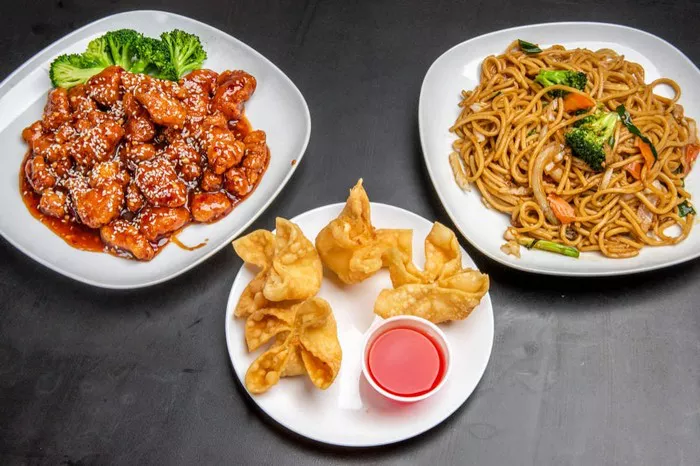When it comes to cherished holiday traditions, few are as steeped in history and symbolism as the practice of sharing Oplatki. This age-old custom has deep roots in Eastern European culture and is observed with reverence and joy by countless families around the world. In this article, we will uncover the rich history and meaning behind Oplatki, exploring its significance, traditions, and how it continues to be a beloved part of many holiday celebrations today.
The Origins of Oplatki: A Historical Perspective
To truly appreciate the tradition of Oplatki, it’s essential to understand its historical origins. Oplatki, a term derived from the Polish word “opłatek,” which means “a wafer,” has been an integral part of Polish Christmas celebrations for centuries. Its roots can be traced back to early Christian practices, where the wafer symbolized the body of Christ.
The Symbolism of Oplatki: Breaking Bread and Building Bonds
At the heart of the Oplatki tradition lies its profound symbolism. Typically, Oplatki wafers are thin, white, and embossed with intricate designs. They symbolize the bread of life and are often adorned with images of nativity scenes or religious figures. Breaking the Oplatki is a symbolic act of sharing and unity, representing the breaking of bread in communion with loved ones and, spiritually, with God.
Sharing Oplatki with Loved Ones: The act of sharing Oplatki with family and friends is a deeply meaningful ritual. Each person takes a piece of the wafer, offers good wishes, and forgives any grievances from the past year. It’s a moment of reconciliation and strengthening of familial bonds.
Blessing of the Home: Oplatki isn’t just limited to interpersonal relationships. In some traditions, Oplatki wafers are used to bless the home. Family members will go from room to room, breaking off pieces of the wafer and offering prayers for health, happiness, and prosperity in each space.
Connection to Faith: For devout Christians, Oplatki holds a significant place in their religious observance. The sharing of Oplatki can serve as a reminder of Christ’s birth and the importance of faith in their lives.
Oplatki Today: Keeping the Tradition Alive
While Oplatki’s historical and religious significance remains steadfast, the way it is observed has evolved over time. In modern times, Oplatki wafers are more readily available and come in a variety of styles and flavors. This accessibility has allowed people of different backgrounds to incorporate the tradition into their holiday celebrations.
Incorporating Oplatki into Diverse Celebrations: Oplatki has transcended its Eastern European roots and is now embraced by people of various cultural backgrounds. Many non-Polish families include Oplatki as a part of their Christmas or holiday festivities, recognizing its universal message of love, unity, and goodwill.
Personalized Oplatki: Some individuals and families have taken to making their own personalized Oplatki wafers, adding a unique touch to their holiday traditions. This DIY approach allows for creativity in the designs and messages shared during the Oplatki exchange.
Preserving the Essence of Oplatki: A Message of Love and Unity
In a world that often feels fast-paced and disconnected, the tradition of Oplatki serves as a poignant reminder of the importance of love, forgiveness, and unity. As families and friends gather to break bread together in the form of Oplatki, they are not only participating in a time-honored tradition but also strengthening the bonds that tie them together.
In conclusion, the tradition of Oplatki, with its rich history and profound symbolism, continues to be a cherished part of holiday celebrations for many. Whether you are of Eastern European descent or simply appreciate the beauty of this custom, Oplatki invites us all to embrace the spirit of togetherness and goodwill, making it a truly timeless tradition that transcends borders and generations.


























